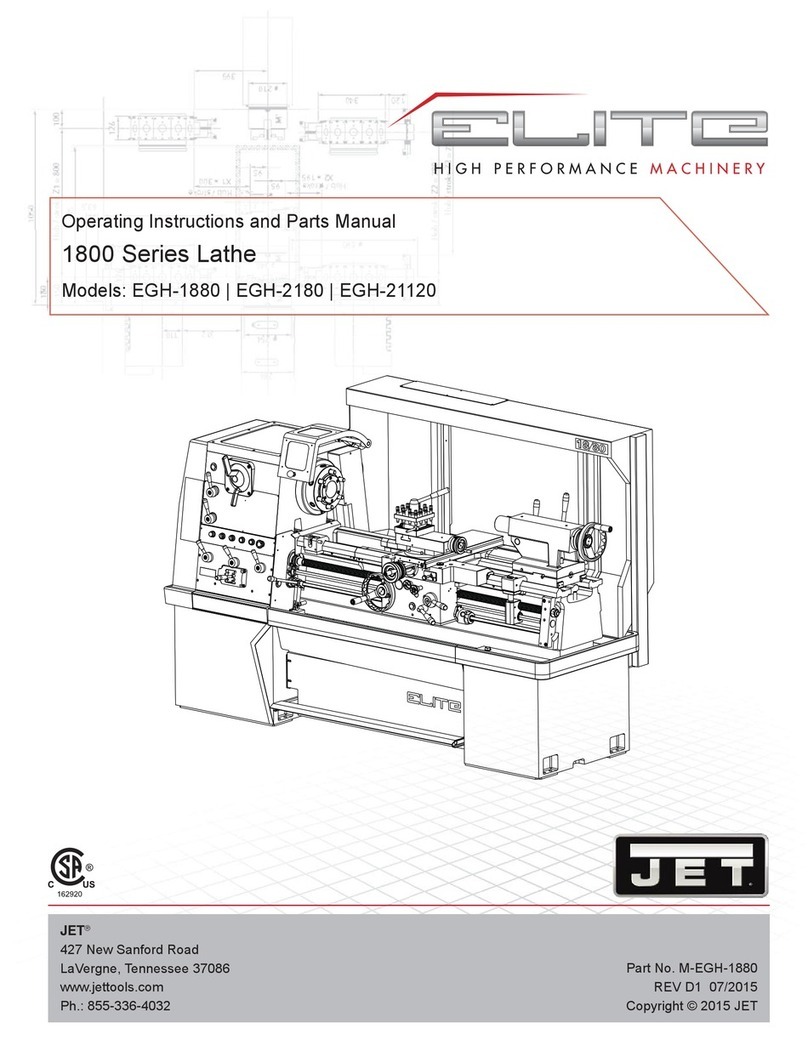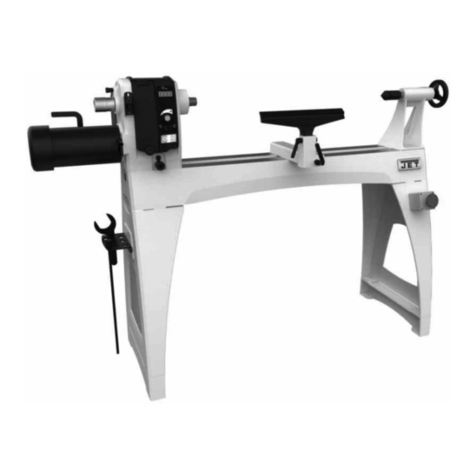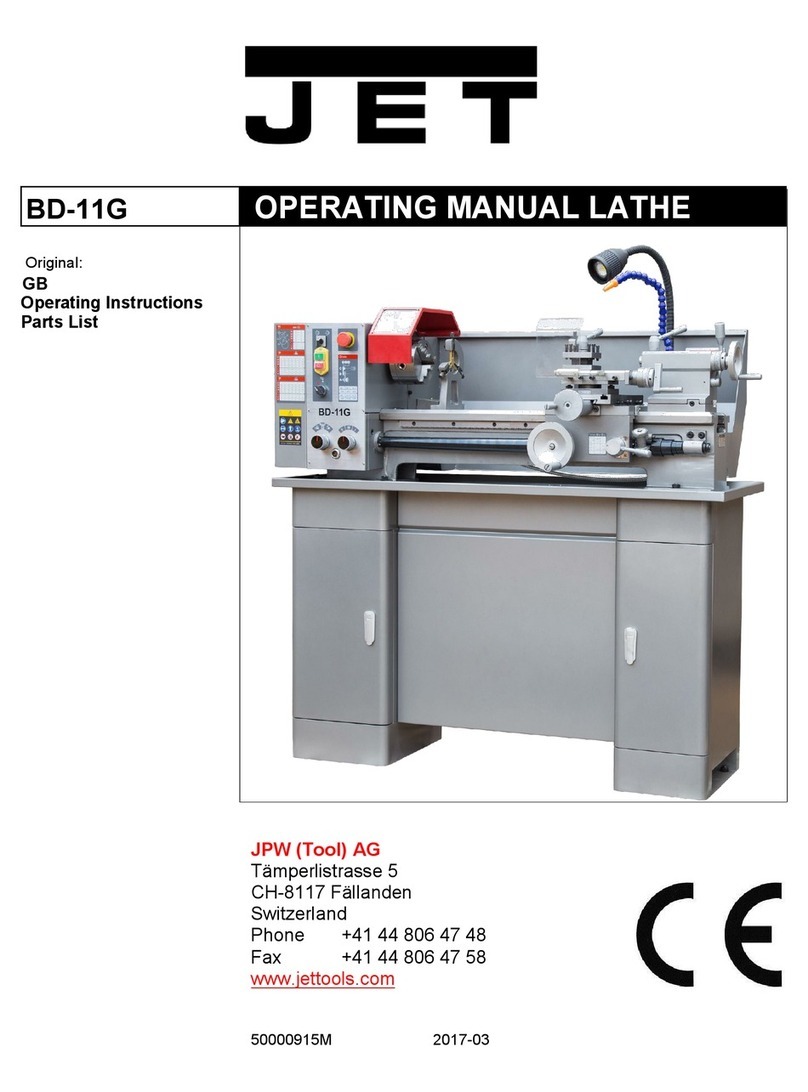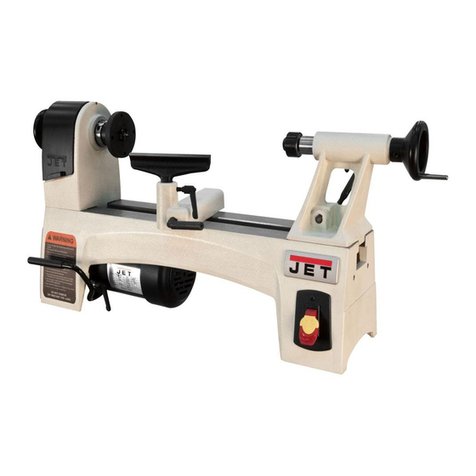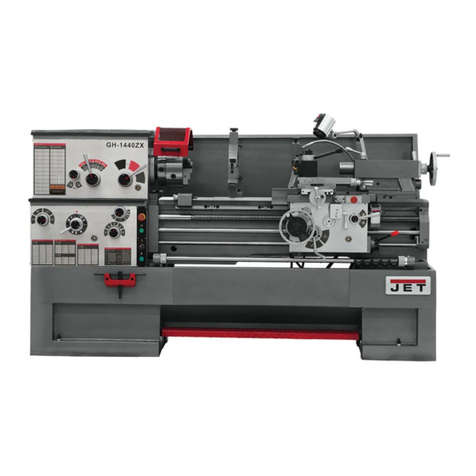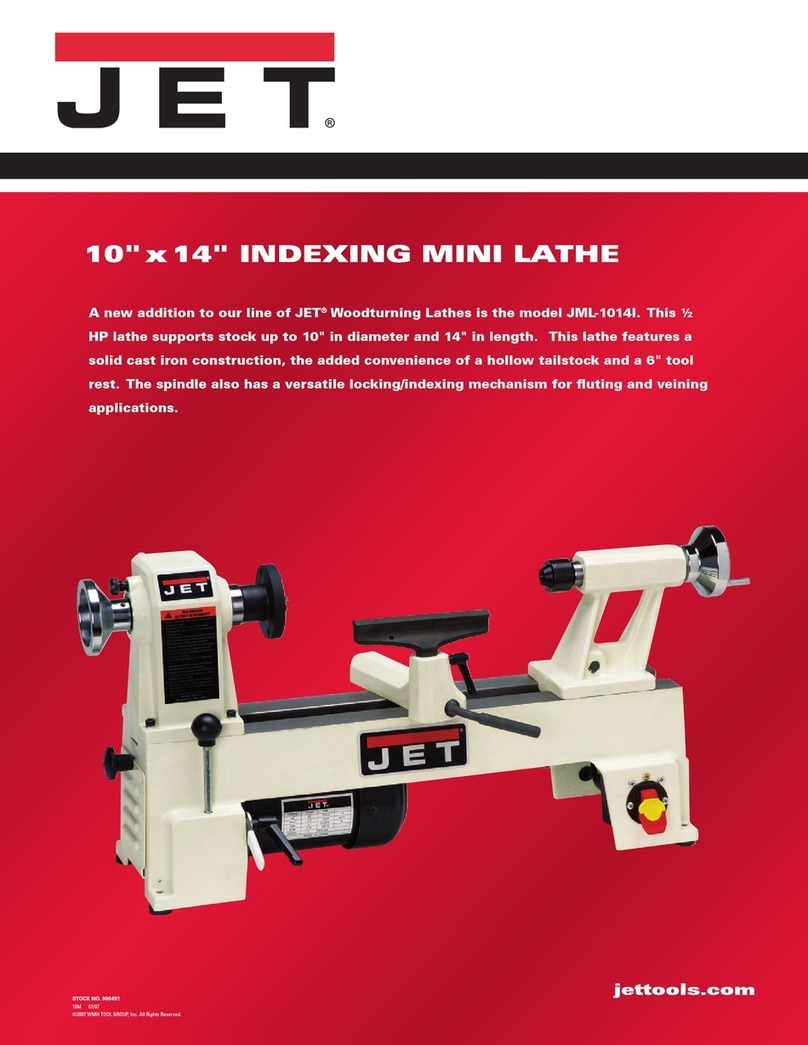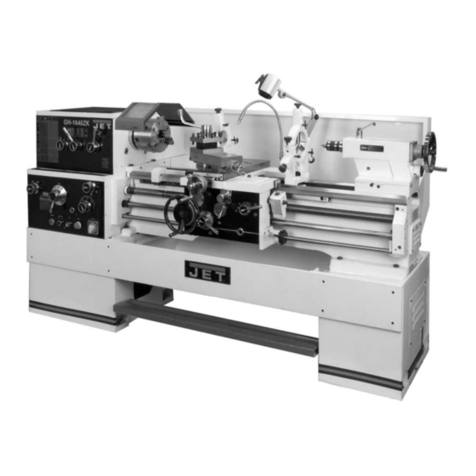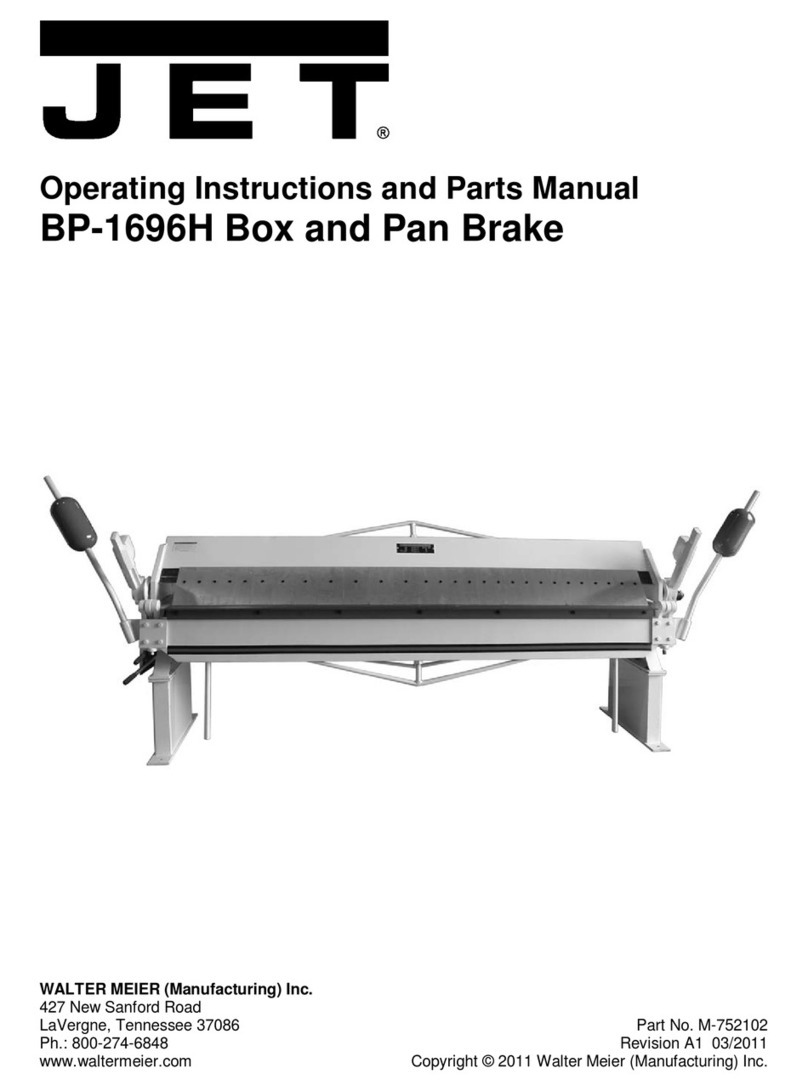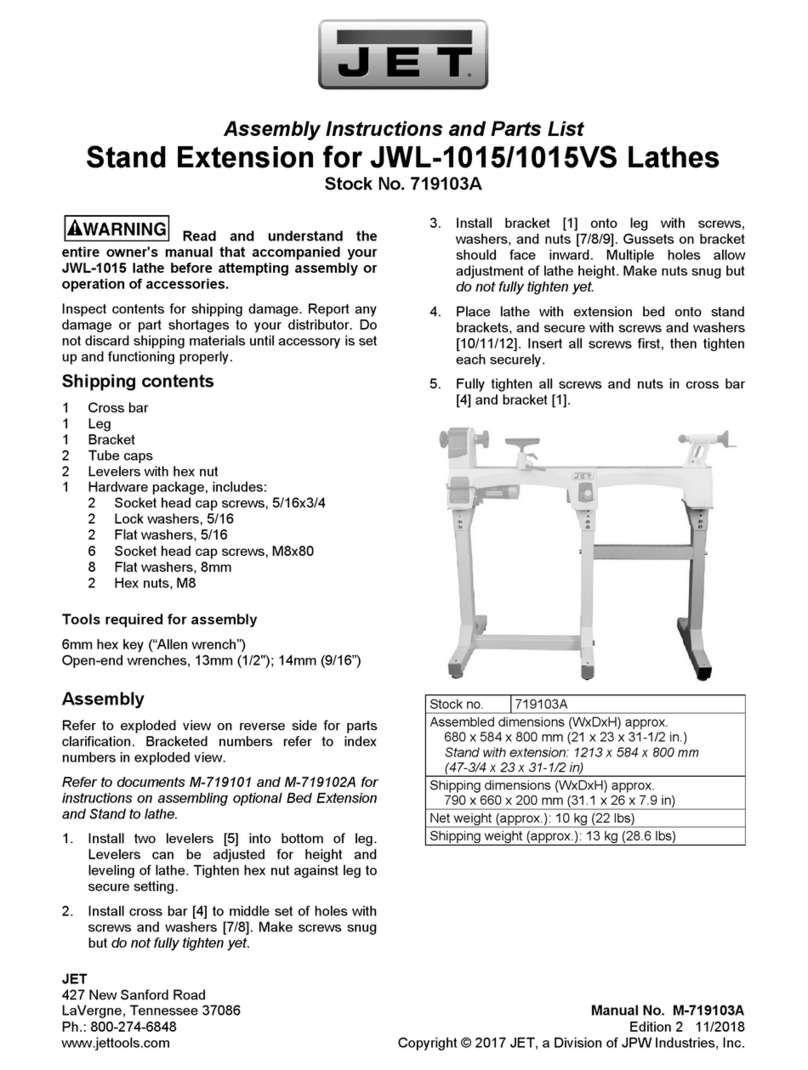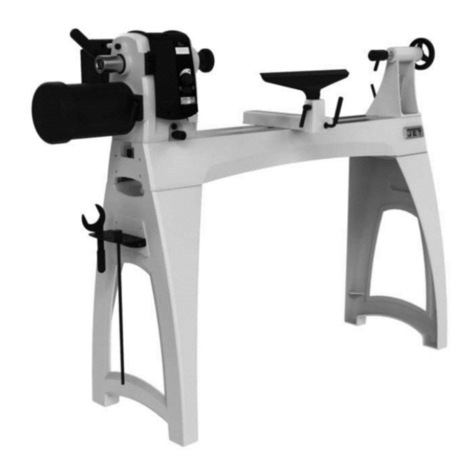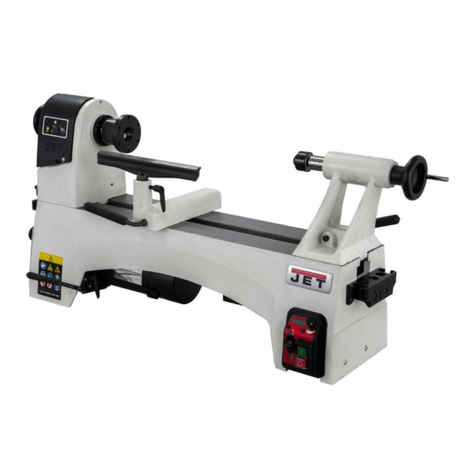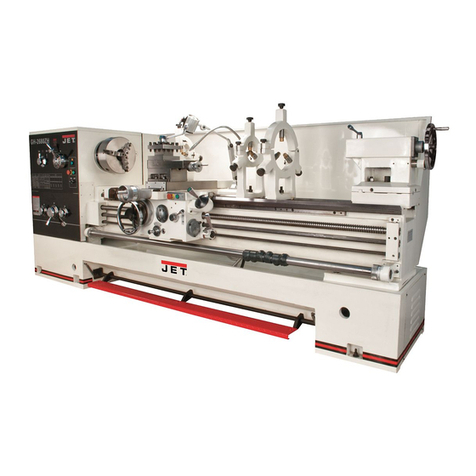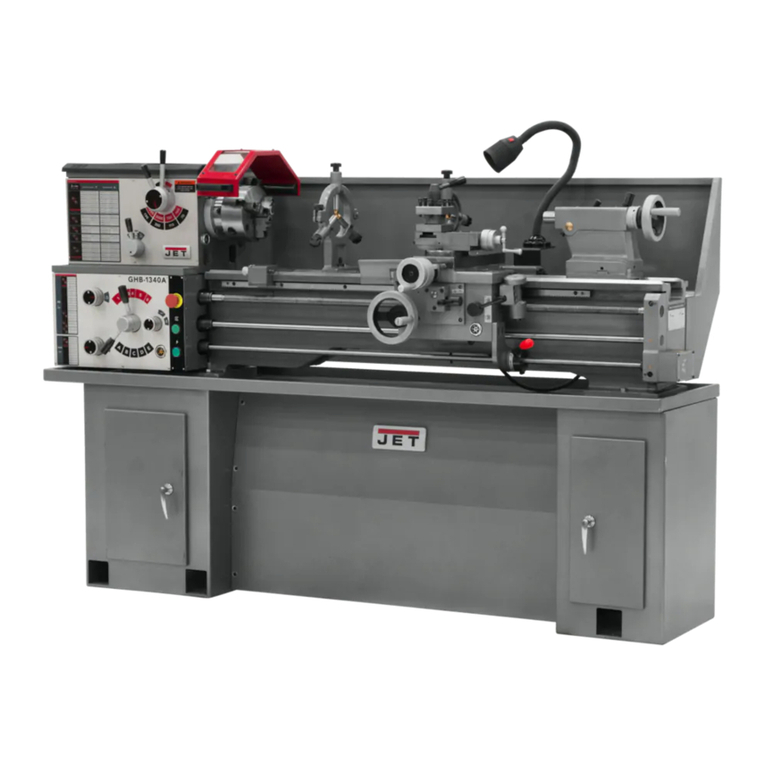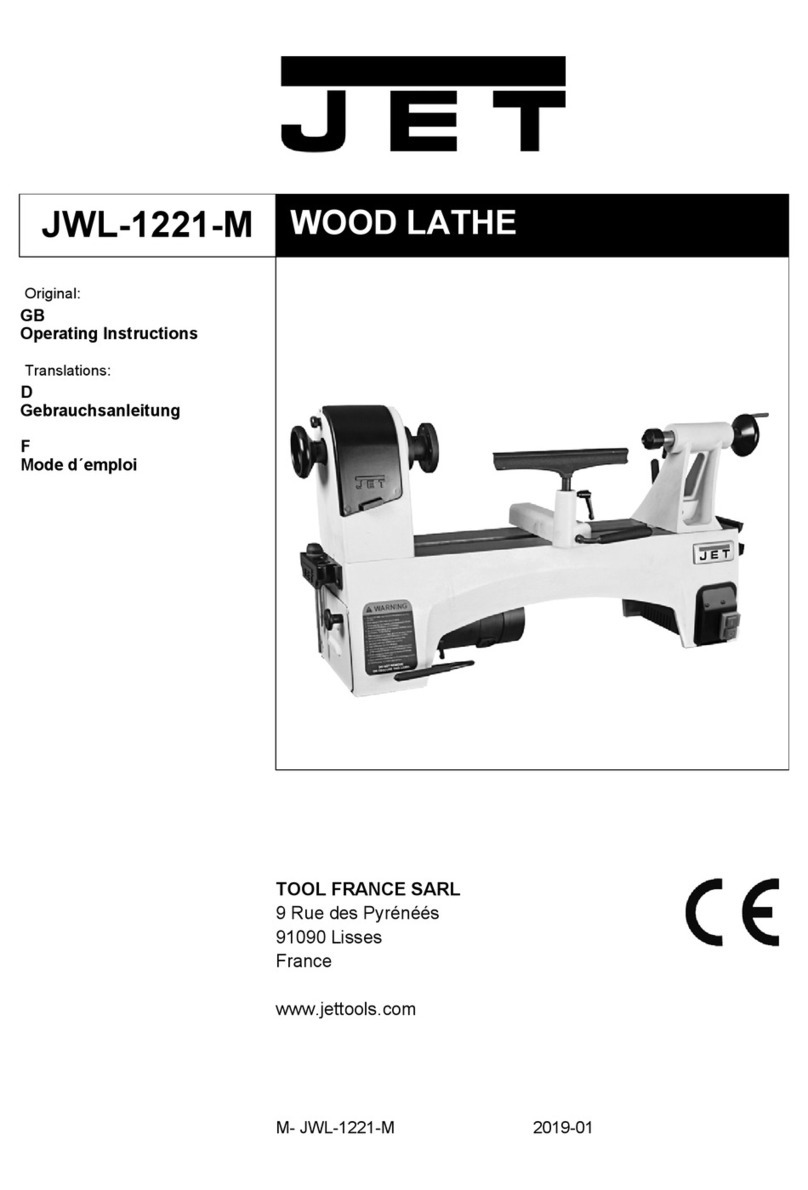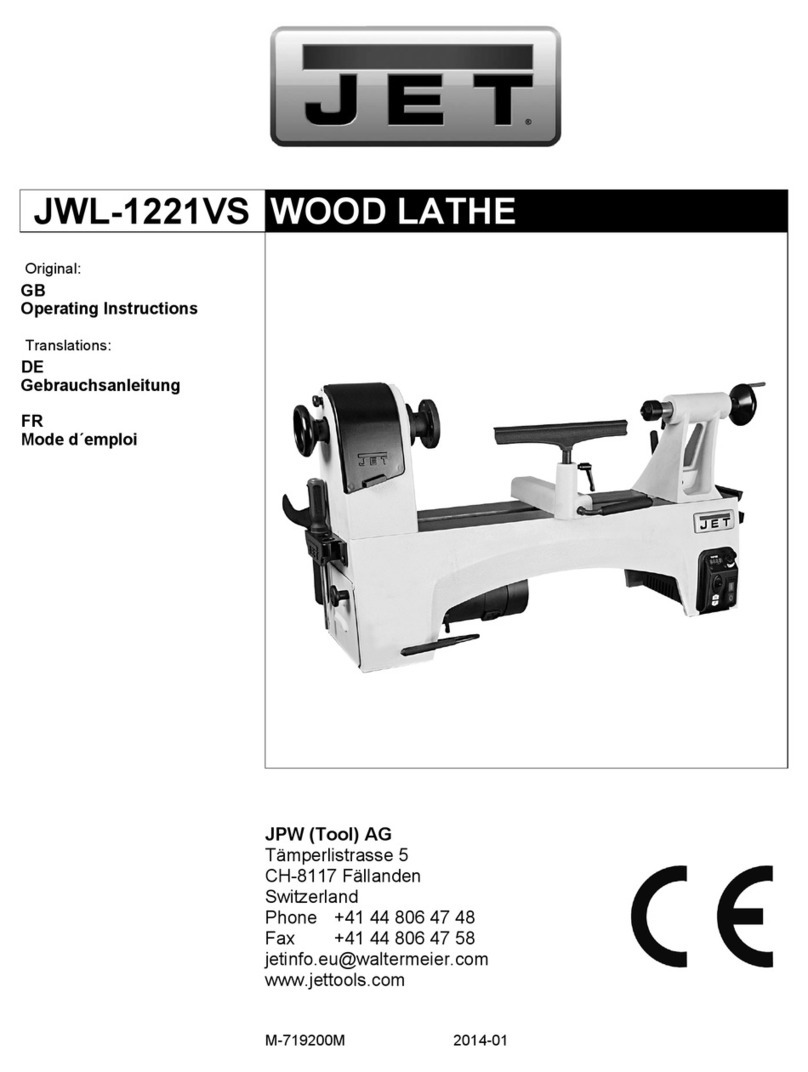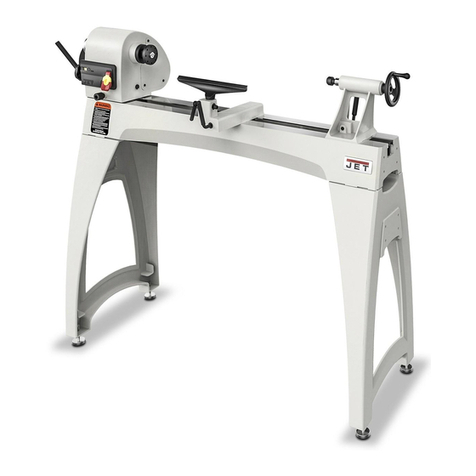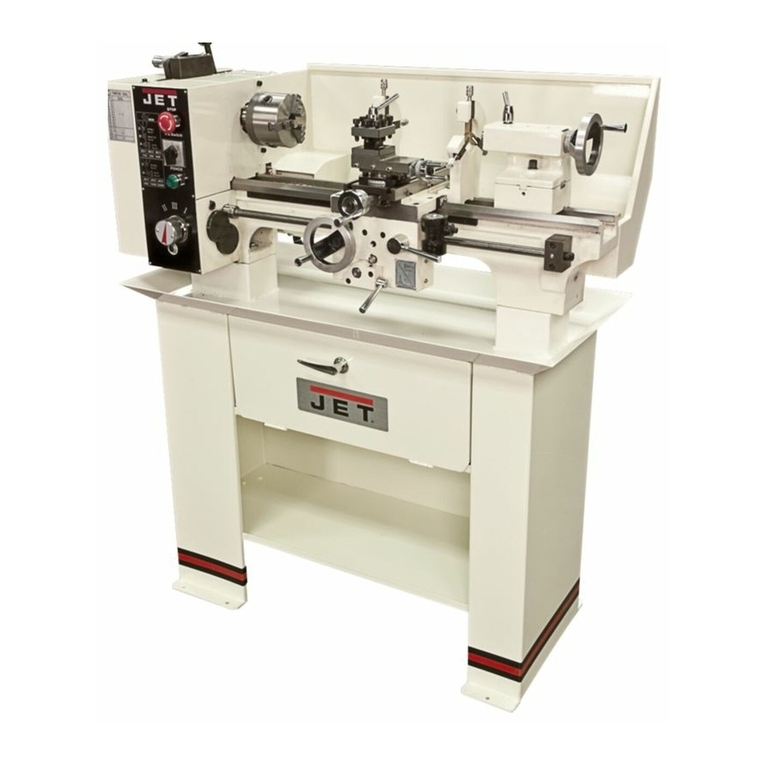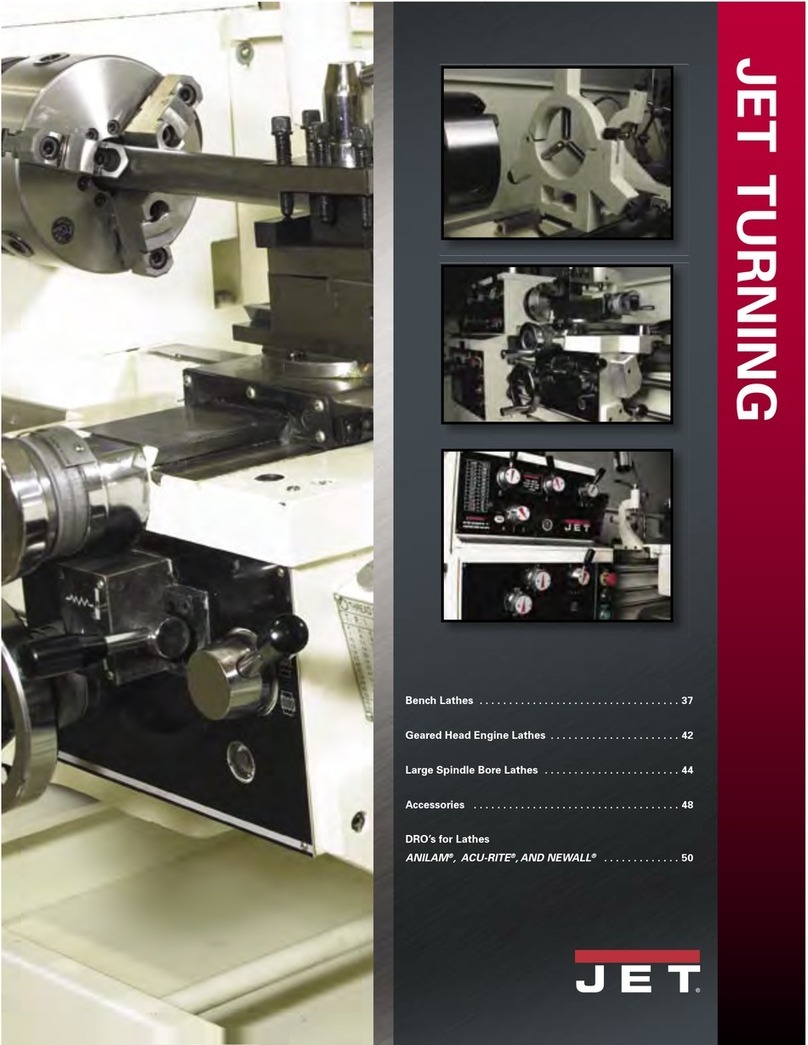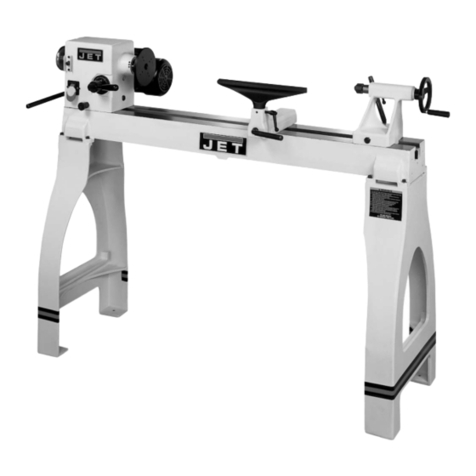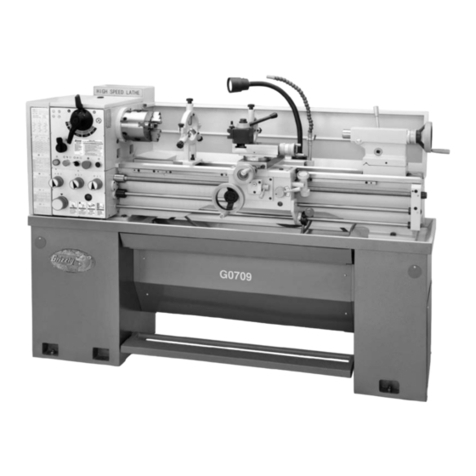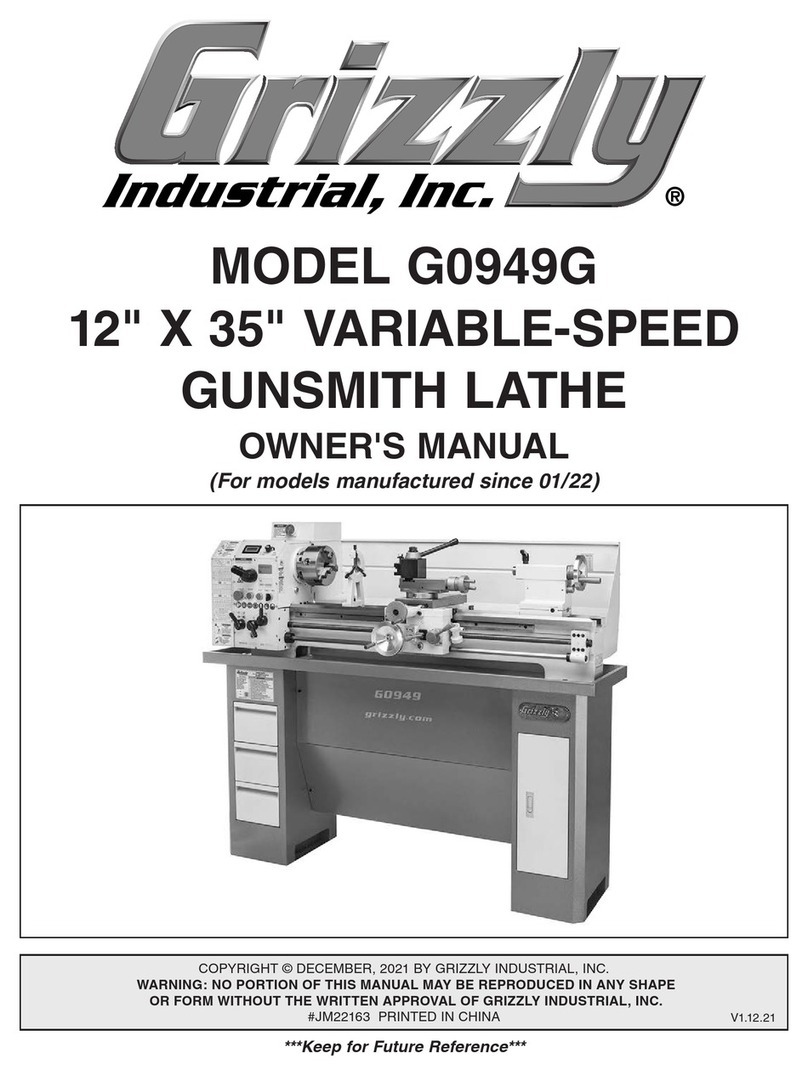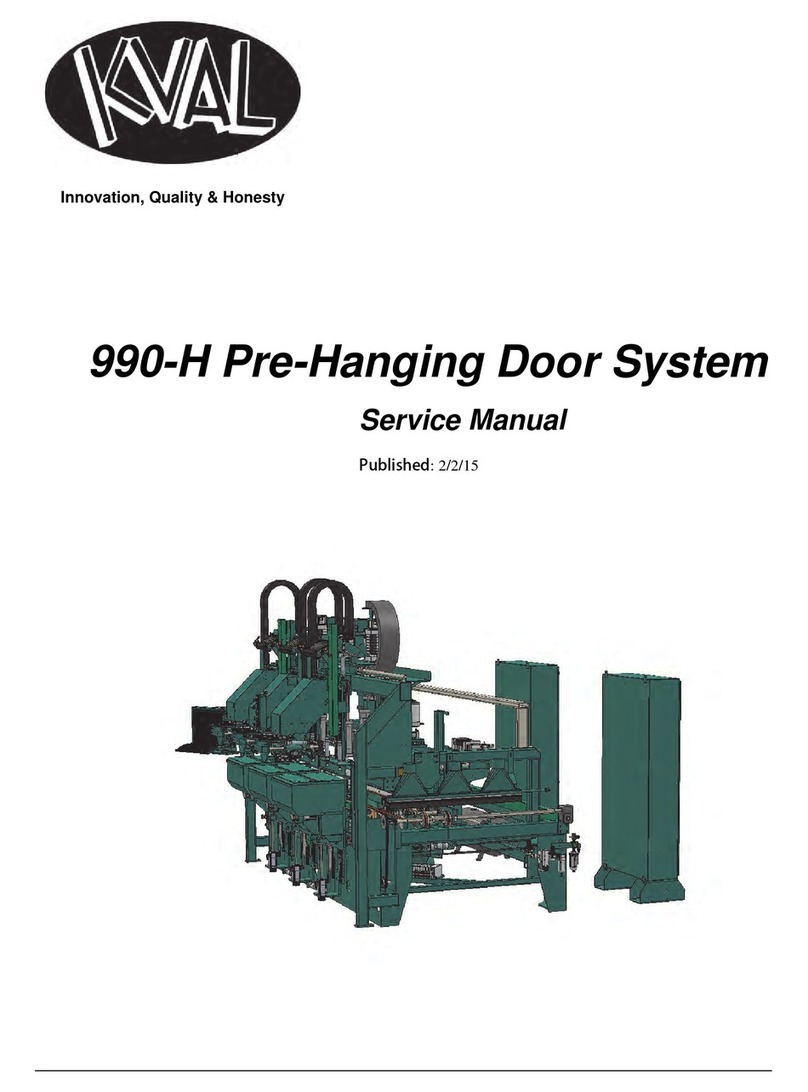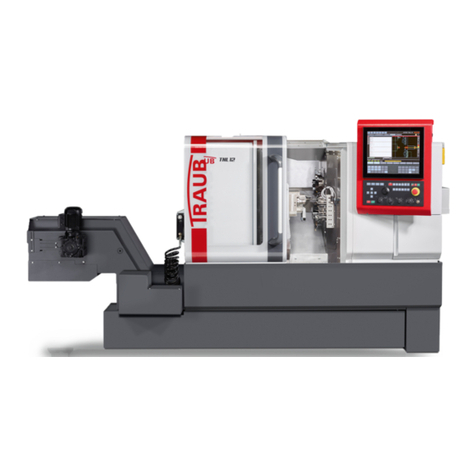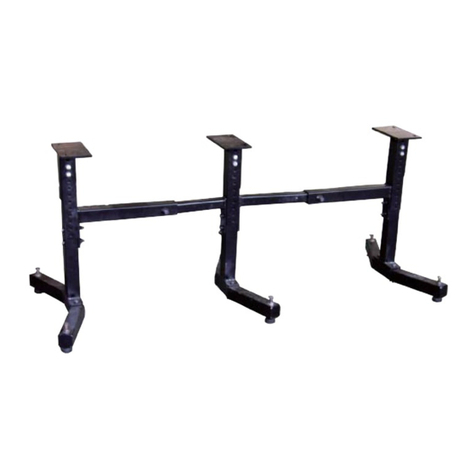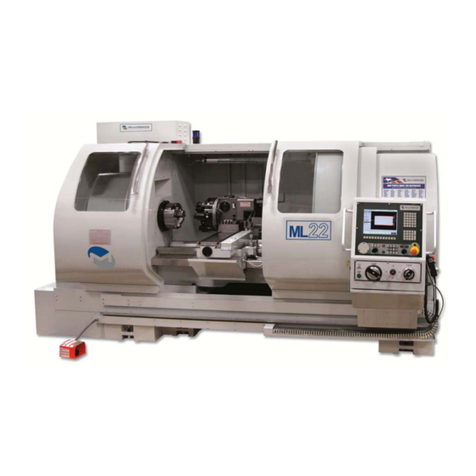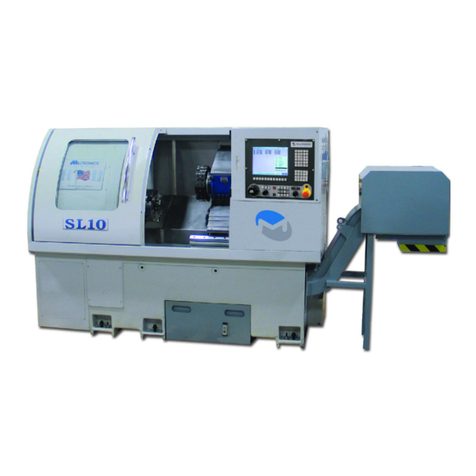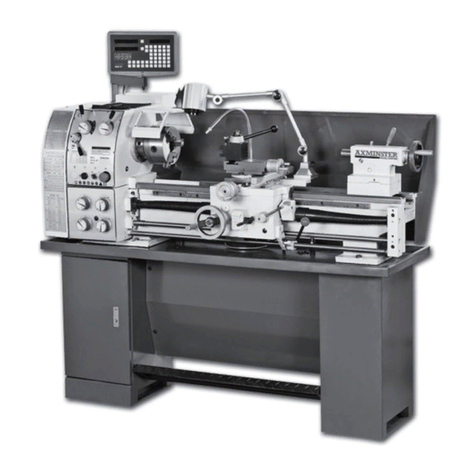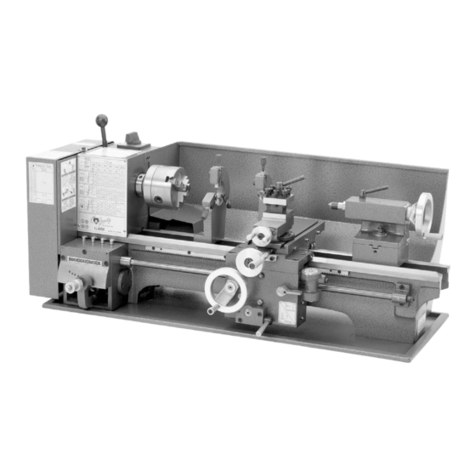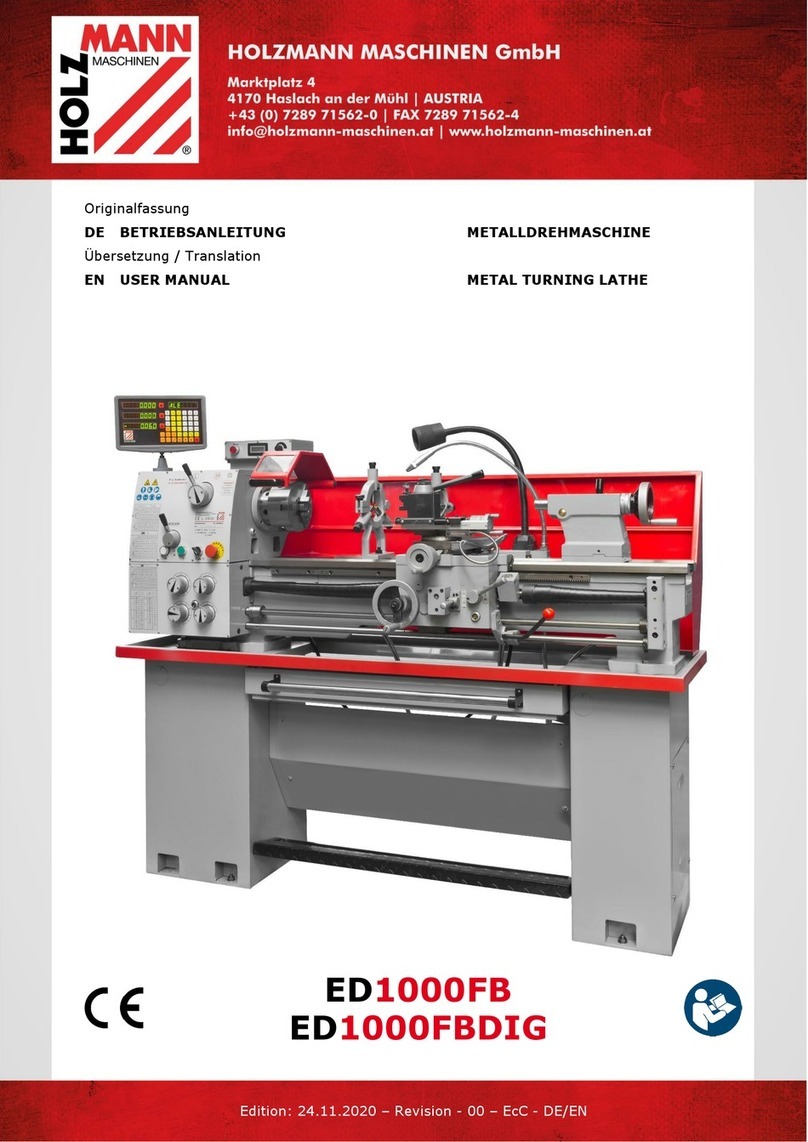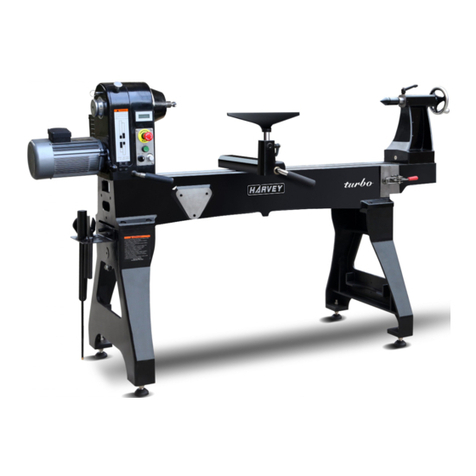
4
The proper use also includes compliance with the operating
and maintenance instructions given in this manual.
The machine must be operated only by persons familiar with
its operation and maintenance and who are familiar with its
hazards.
The required minimum age must be observed.
The machine must only be used in a technically perfect
condition.
When working on the machine, all safety mechanisms and
covers must be mounted.
In addition to the safety requirements contained in these
operating instructions and your country’s applicable
regulations, you should observe the generally recognized
technical rules concerning the operation of metalworking
machines.
Any other use exceeds authorization.
In the event of unauthorized use of the machine, the
manufacturer renounces all liability and the responsibility is
transferred exclusively to the operator.
3.2 General safety notes
Metalworking machines can be dangerous if not used
properly. Therefore the appropriate general technical rules
as well as the following notes must be observed.
Read and understand the entire instruction manual before
attempting assembly or operation.
Keep this operating instruction close by the machine,
protected from dirt and humidity, and pass it over to the new
owner if you part with the tool.
No changes to the machine may be made.
Daily inspect the function and existence of the safety
appliances before you start the machine.
Do not attempt operation in this case, protect the machine
by unplugging the power cord.
Remove all loose clothing and confine long hair.
Before operating the machine, remove tie, rings, watches,
other jewellery, and roll up sleeves above the elbows.
Wear safety shoes; never wear leisure shoes or sandals.
Always wear the approved working outfit.
Do not wear gloves.
Wear goggles when working
Install the machine so that there is sufficient space for safe
operation and work piece handling.
Keep work area well lighted.
The machine is designed to operate in closed rooms and
must be placed stable on firm and levelled ground.
Make sure that the power cord does not impede work and
cause people to trip.
Keep the floor around the machine clean and free of scrap
material, oil and grease.
Stay alert!
Give your work undivided attention. Use common sense. Do
not operate the machine when you are tired.
Keep an ergonomic body position.
Maintain a balanced stance at all times.
Do not operate the machine under the influence of drugs,
alcohol or any medication. Be aware that medication can
change your behaviour.
Never reach into the machine while it is operating or running
down.
Never leave a running machine unattended. Before you
leave the workplace switch off the machine.
Keep children and visitors a safe distance from the work
area.
Do not operate the electric tool near inflammable liquids or
gases.
Observe the fire fighting and fire alert options, for example
the fire extinguisher operation and place.
Do not use the machine in a dump environment and do not
expose it to rain.
Work only with well sharpened tools.
Always close the chuck guard and pulley cover before you
start the machine.
Remove the chuck key and wrenches before machine
operation.
Specifications regarding the maximum or minimum size of
the work piece must be observed.
Do not remove chips and work piece parts until the machine
is at a standstill.
Do not stand on the machine.
Connection and repair work on the electrical installation may
be carried out by a qualified electrician only.
Have a damaged or worn power cord replaced immediately.
Never place your fingers in a position where they could
contact any rotating parts or chips.
Check the save clamping of the work piece before starting
the machine.
Don’t exceed the clamping range of the chuck.
Work pieces longer than 3 times the chucking diameter
need to be supported by the tailstock or a steady rest.
Avoid small chucking diameters at big turning diameters.
Avoid short chucking lengths.
Avoid small chucking contact.
Never exceed the max speed limitation of the work holding
device.
Choose a small spindle speed when working unbalanced
work pieces and for threading and tapping operations.
Any work piece stock extending the rear end of the
headstock must be covered on its entire length. High danger
of injury!
Long work pieces may need a steady rest support. A long
and thin work piece can suddenly bend at high speed
rotation.
Never move the tailstock or tailstock quill while the machine
is running.
